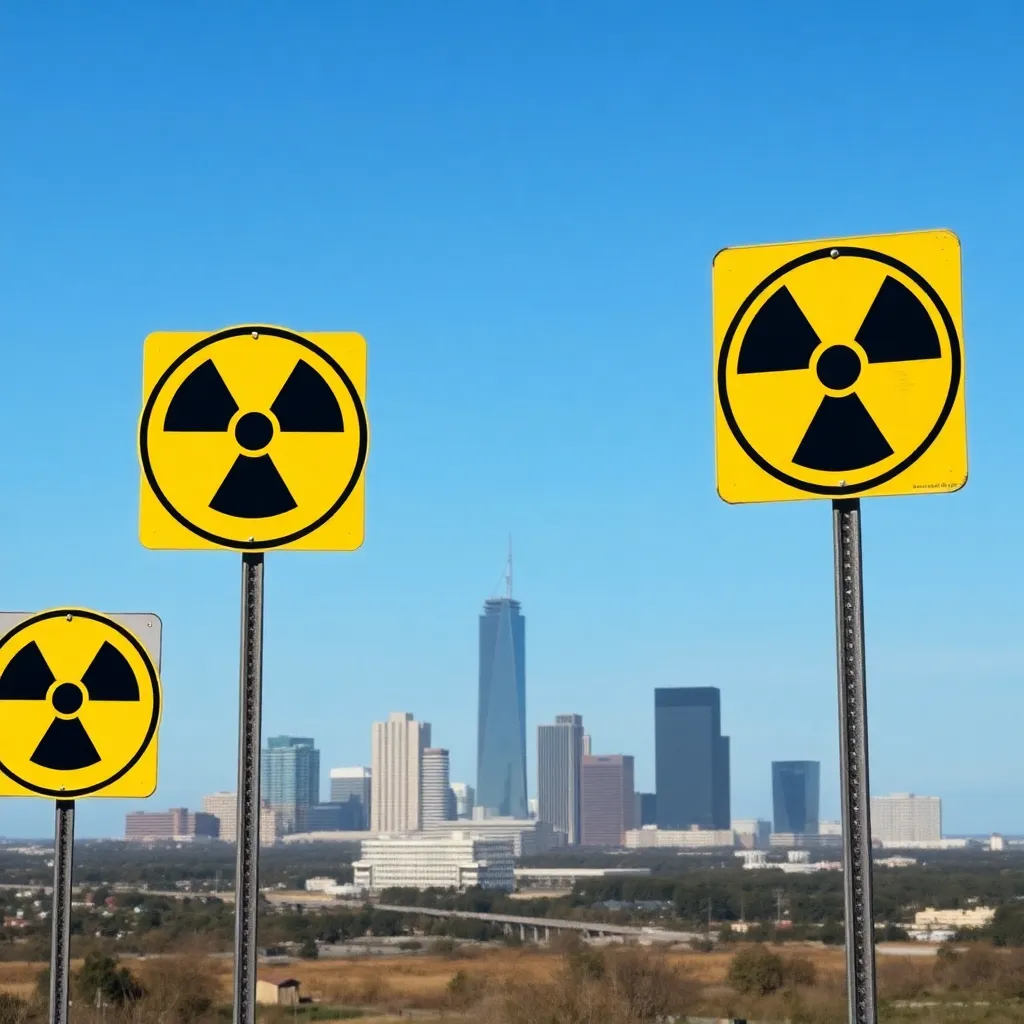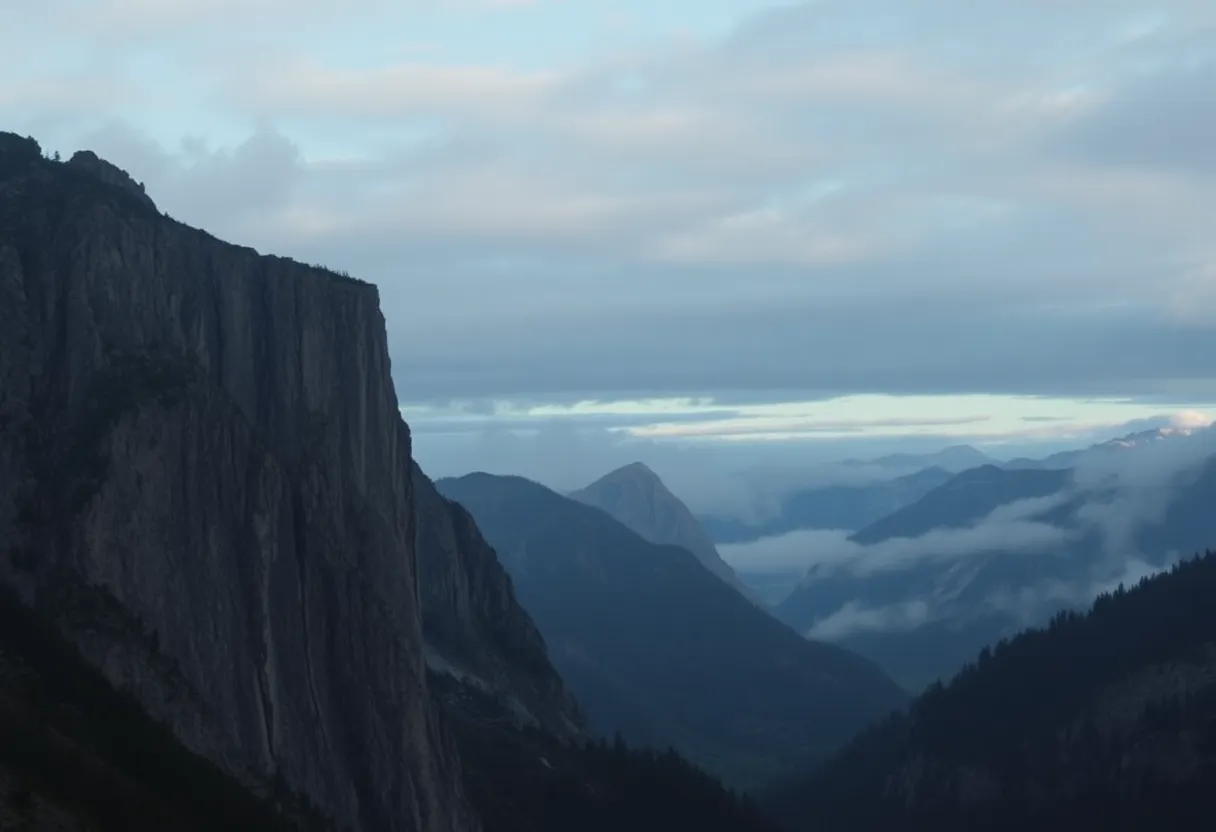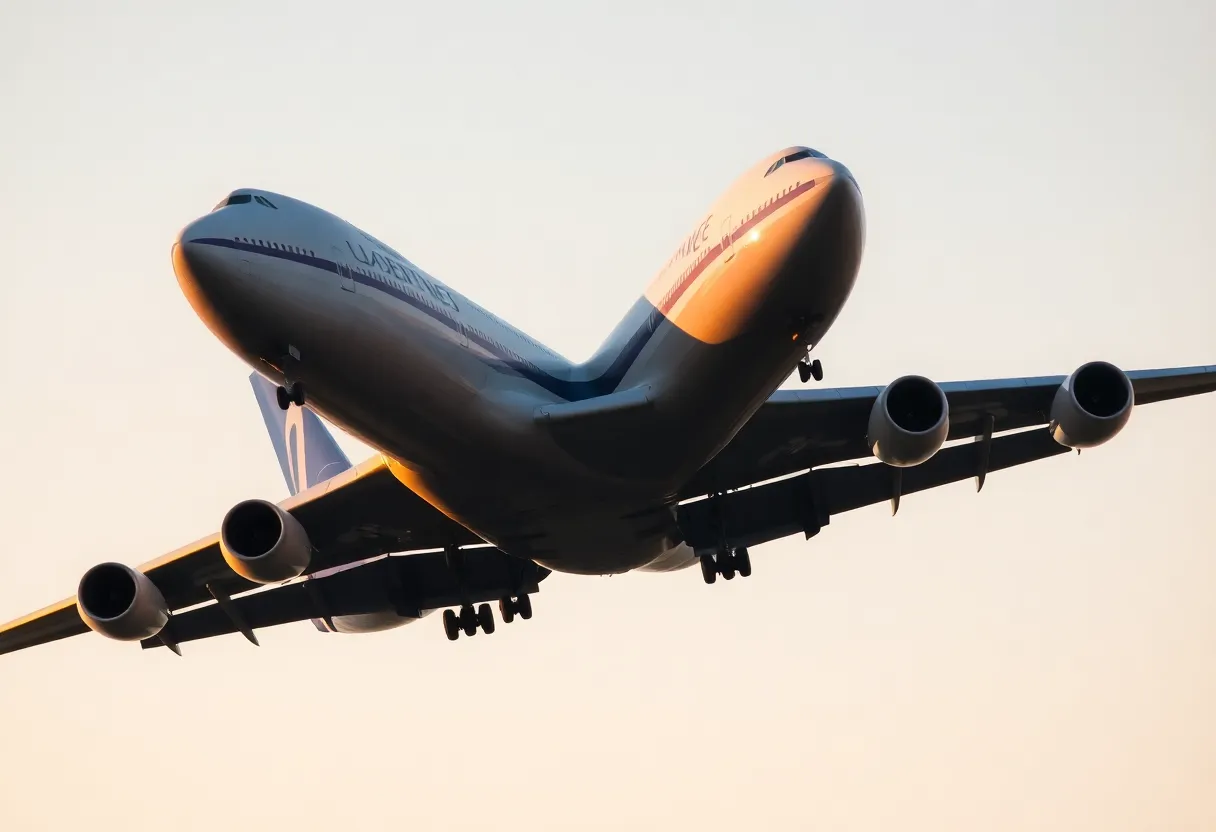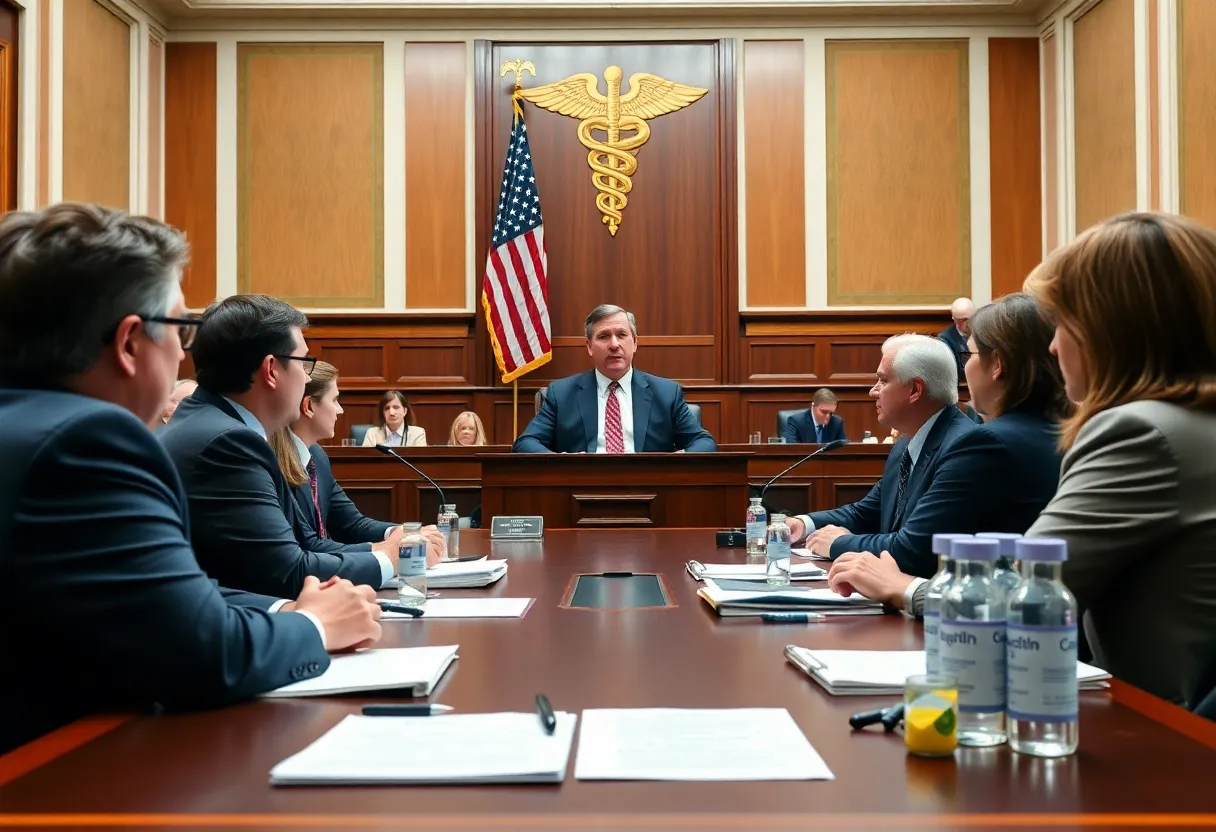Bossier City, La.: The Nuclear Echoes of the Past Resurface Amid Rising Tensions
In a world where historical echoes seem to reverberate with each passing moment, Bossier City, Louisiana, finds itself amidst a renewed conversation about nuclear threats. Just last week, Russian President Vladimir Putin made headlines by launching a hypersonic missile into Ukraine, boldly claiming that his advanced arsenal is “ready to be used.” This missile can zip through the skies at an astonishing speed of ten times the speed of sound, making it a truly troubling development for many.
This significant escalation in military capabilities comes as a direct response to U.S. President Joe Biden’s recent decision to allow Ukraine to deploy long-range missiles provided by the U.S. for the first time. Such events harken back to the dark days of the Cold War—a lengthy standoff characterized by fear, suspicion, and the very real threat of nuclear conflict.
A Grim Reminder of History
The shadow of nuclear war first crept into consciousness in 1945 when the United States dropped atomic bombs on Hiroshima and Nagasaki. The aftermath was nothing short of catastrophic, with temperatures reaching a staggering 7,000 degrees and over 100,000 lives lost in Hiroshima alone. President Harry Truman, speaking on this devastating power, initiated a global conversation about the dangers tied to nuclear weapons.
But as history unfolded, the Soviet Union soon developed its own nuclear arsenal by 1949, launching a wave of anxiety across the U.S. “The Russians had created their own atomic and later hydrogen bombs,” explained LSUS history professor Gary Joiner. This new reality made many Americans feel vulnerable, fearful that such weapons could strike the heartland of the country.
Fallout Shelters: A 1950s Phenomenon
Fast forward to the 1950s, and America adopted fallout shelters into daily life. Families were urged to construct personal shelters, while the government invested heavily—in today’s terms, around $1.7 billion—to identify and reinforce public fallout shelters. These safe havens were stocked with essentials, from meals to hazmat suits, aimed at helping citizens endure the aftermath of an attack.
In Bossier City, the Bossier Parish Library’s History Center holds significant relics from this intense era, such as evacuation maps that list all designated shelters in the area. Many local buildings were repurposed as fallout shelters, including community centers and schools. Byrd High School even retains a weathered yellow and black sign above its old rifle range, declaring its purpose as a shelter.
“These shelters were designed to keep you safe for two weeks,” explained Joiner.
An Ever-Present Threat: Barksdale Air Force Base
Barksdale Air Force Base played a pivotal role in the Cold War, housing bombers in a tight “Christmas tree” formation, poised for immediate action. Recognized as a top target by Soviet forces, the base was shielded by Nike Hercules missiles to intercept threats. “We were in the top five targets of the Soviets. Anytime you have a high-value target, you’re at higher risk,” Joiner noted.
Today, Barksdale maintains its strategic importance, housing the 8th Air Force and the Global Strike Command, while Putin recently identified it as one of Russia’s top 14 targets. This reaffirms the base’s value amid rising tensions.
Modern Concerns in an Unsettling World
As fallout shelters transform into more mundane venues, their potential remains. Most could easily revert to functioning shelters if the need arises. Audiences may perceive the threat of nuclear war as diminished compared to previous decades, yet experts argue that vigilance remains essential. With nuclear capabilities now held by adversaries such as Russia, China, and North Korea, the apprehension is completely justified.
“We should be concerned, and we shouldn’t be paralyzed by it,” said Joiner. “The essential theory from the Cold War was called ‘MAD,’ or mutually assured destruction. You hit us, and we will hit you back.”
Last week, as tensions mounted, Putin reaffirmed these fears, boasting of his advanced missile technology and readiness to act. “There’s no way to counteract a missile that flies at Mach 10…If anyone has any doubts, they shouldn’t,” he declared. This chilling statement reminds us that, despite shifting circumstances, the specter of nuclear conflict remains on the global stage.
In Bossier City and beyond, the past continues to shape perceptions of the present, reminding us of the delicate balance between optimism and the precarious nature of global affairs.







